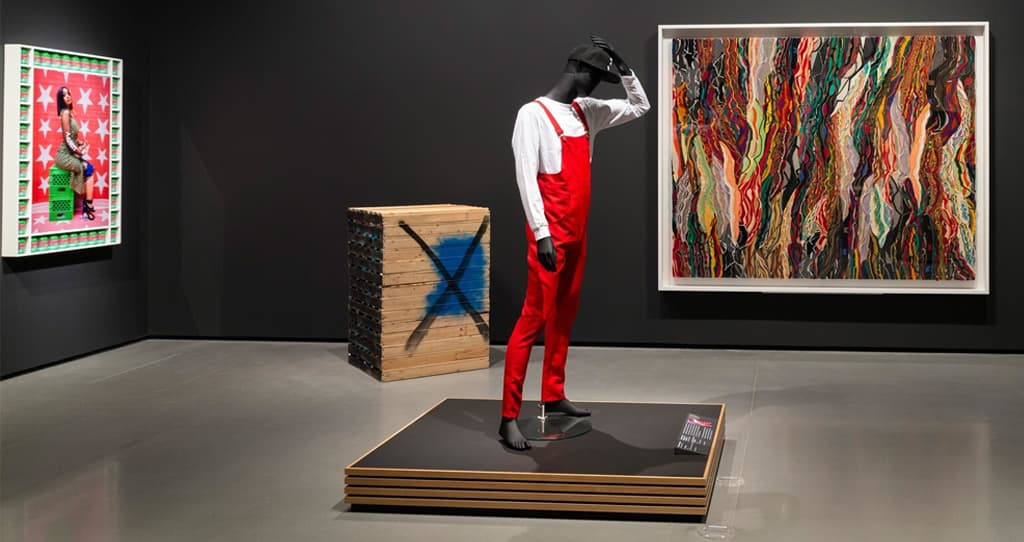As we venture through the 21st century, the art world continues to evolve, introducing a spectrum of artists whose works have captivated global audiences and redefined the boundaries of artistic expression. This article delves into the lives and legacies of some of the most celebrated artists of our time, examining their unique contributions and the profound impact they’ve had on contemporary culture.
From street art to digital painting, and performance art to sculptural wonders, each artist featured here embodies a distinct narrative and artistic philosophy. Their creations are not just visual feasts but are potent reflections of societal shifts, personal explorations, and philosophical inquiries. Let’s embark on a journey through the artistic landscape of the 21st century, highlighting key figures whose works have become touchstones of modern art.
Introduction to Contemporary Art Icons
The artists discussed herein are not merely creators but innovators who have pushed the envelope of what art can be. Each has contributed uniquely to the canvas of contemporary art, influencing burgeoning artists and the broader cultural discourse. Their works span various mediums and styles, reflecting the dynamic and ever-changing nature of art.
This section serves as a gateway to understanding these pivotal figures. It lays the groundwork for appreciating the diverse techniques and thematic elements that these artists employ, setting the stage for a deeper exploration of their individual careers and iconic works.
Banksy: The Enigma of Street Art
Banksy, a name shrouded in mystery, has become synonymous with provocative street art that often carries sharp political messages. Despite his anonymity, Banksy’s distinctive stenciled pieces are immediately recognizable worldwide. His art is not only seen on city walls but has also been displayed in prestigious galleries, blurring the lines between street art and high art.
The allure of Banksy lies in his ability to engage with topical themes through visually striking and often humorous artworks. His pieces frequently stimulate dialogue on societal issues, earning him a fervent following and considerable media attention.
Yayoi Kusama: Polka Dots and Infinity Rooms
Yayoi Kusama, the Japanese artist best known for her obsession with polka dots, has established a significant presence in the global art scene with her mesmerizing installations and public sculptures. Her famed Infinity Rooms immerse viewers in a kaleidoscopic environment that transcends the conventional art experience.
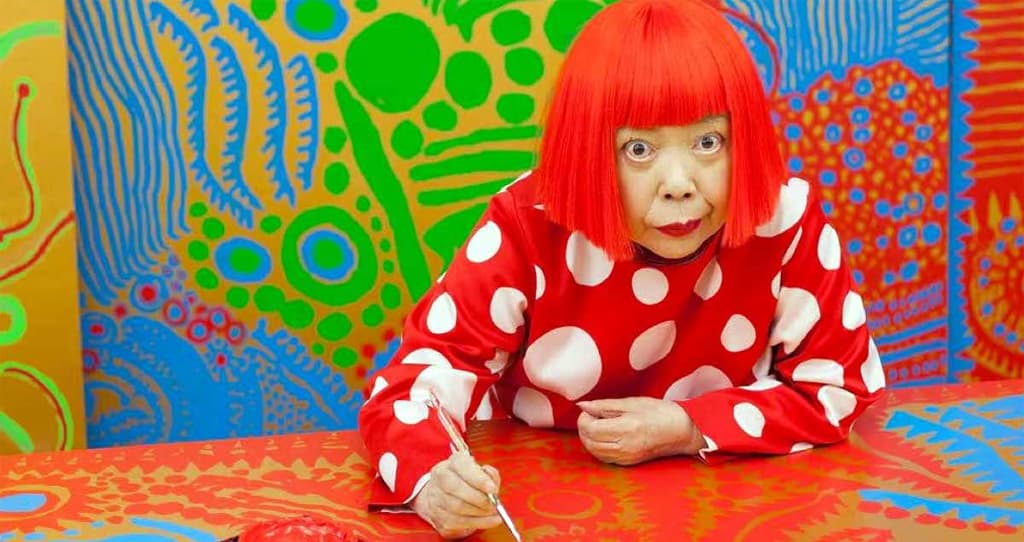
Kusama’s work integrates elements of her personal struggle with mental health, showcasing how art can serve as both a refuge and a form of expression. Her exhibitions are profoundly interactive, encouraging viewer participation and personal reflection.
Jeff Koons: Redefining Modern Sculpture
Jeff Koons has risen to prominence with his controversial and often kitschy sculptures that challenge the conventions of taste, art, and mass culture. His works, which often reinterpret everyday objects, bring a playful yet critical eye to the art world, questioning the boundaries between high and low art.
Koons’ approach to art is marked by a meticulous attention to detail and a factory-like production process that involves numerous assistants. This method has sparked debate on the nature of art and authorship, making Koons a central figure in discussions about contemporary sculpture.
Damien Hirst: The Philosophy of Death and Beyond
Damien Hirst, one of the leading figures of the Young British Artists (YBAs), is renowned for his provocative works that explore themes of life, death, and decay. Perhaps best known for his series of artworks featuring animals preserved in formaldehyde, Hirst’s work confronts viewers with the uncomfortable realities of mortality.
His creations are both awe-inspiring and unsettling, combining the aesthetic with the macabre to push viewers to consider the inevitability of death and the artistry involved in its portrayal.
Marina Abramović: The Grandmother of Performance Art
Marina Abramović has been a pivotal force in the realm of performance art, with a career spanning over five decades. Known as the “grandmother of performance art,” she uses her body as a primary medium, testing the limits of her physical and mental endurance.
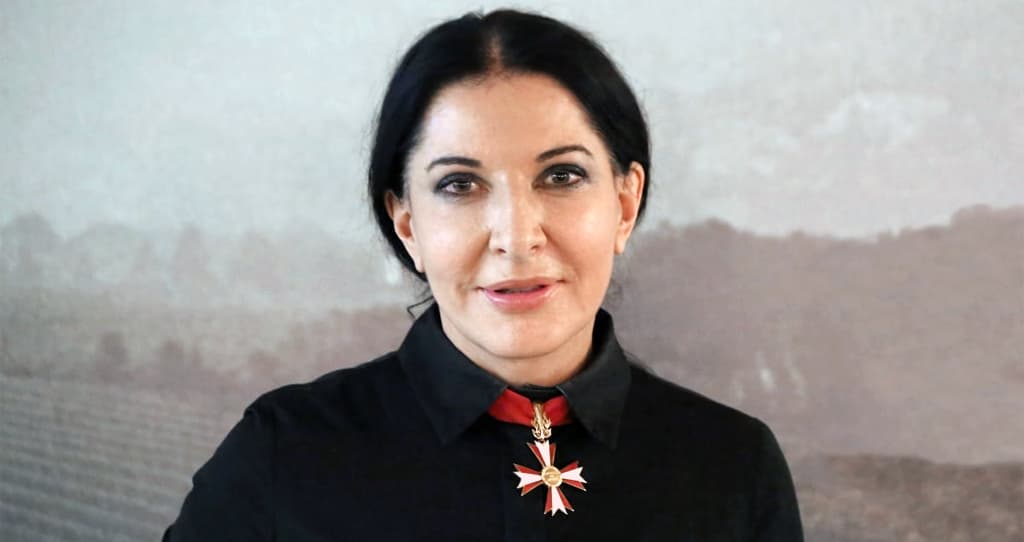
Abramović’s performances often involve strenuous physical feats that last for hours or even days. Through her work, she explores themes of connection, presence, and the capacity of the human spirit, making her one of the most compelling contemporary artists.
Anish Kapoor: Master of Public Sculptures
Anish Kapoor’s sculptures are celebrated for their monumental scale and profound simplicity. Utilizing materials such as polished stainless steel and pigment, Kapoor creates works that are visually enchanting and often interactive, reflecting and distorting the world around them.
His public sculptures are not only feats of engineering but are also deeply immersive, encouraging viewers to engage with them from multiple perspectives. Kapoor’s ability to transform public spaces through art cements his status as a master sculptor of our time.
Cindy Sherman: The Chameleon of Photography
Cindy Sherman is an American photographer whose work is central to discussions of gender and identity in contemporary art. Through her self-portraits, in which she assumes various personas, Sherman explores the construction of identity and the role of women in society.
Her photographs are meticulously staged to evoke familiar cultural and historical narratives, yet they challenge the viewer’s perceptions and expectations, revealing the power of images to shape identity.
Takashi Murakami: Bridging Pop Art and Tradition
Takashi Murakami is one of Japan’s most famous contemporary artists, known for his vibrant synthesis of fine art and popular culture. His work incorporates elements of traditional Japanese painting along with the aesthetics of manga and anime, creating a unique, high-energy style that he describes as “Superflat.”
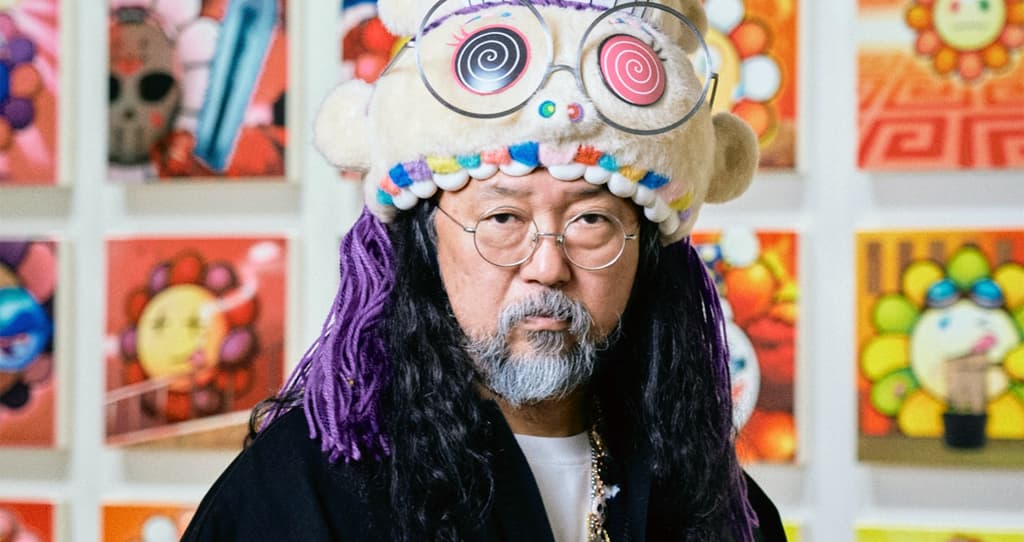
Murakami’s art is at once playful and profound, offering commentary on Japan’s contemporary culture while drawing from a deep well of historical influences. His collaborations with commercial brands have also blurred the lines between commercial and fine art, making his works highly recognizable and accessible.
Ai Weiwei: Art as a Form of Political Rebellion
Ai Weiwei is a Chinese contemporary artist and activist known for his bold confrontations with the Chinese government concerning issues of democracy and human rights. His art, whether in sculpture, installation, photography, or film, often serves as a form of political commentary and aims to provoke reflection on societal issues.
Weiwei’s work is imbued with personal and historical narratives that resonate on an international scale, illustrating the power of art as a catalyst for social change.
Joker Jewels on Art: How Artists Shape Investment Futures
In the contemporary art market, the works of 21st-century artists not only represent cultural and aesthetic value but are also viewed as significant financial investments in game like Joker Jewels slot. Collectors and investors alike are keen to identify artists whose works are likely to appreciate in value, making the art market a dynamic component of the global economy.
This section explores how artists like Damien Hirst and Jeff Koons have influenced the economics of art, with their works fetching astronomical prices at auctions, thus marking significant shifts in how art is valued and traded in the 21st century.
Tracey Emin: Intimate Expressions in Art
Tracey Emin is a British artist whose work is deeply personal, often controversial, and intensely emotional. Her art is a form of confession, involving themes of love, suffering, and the human condition, frequently conveyed through a variety of mediums including drawing, painting, video, and installation.
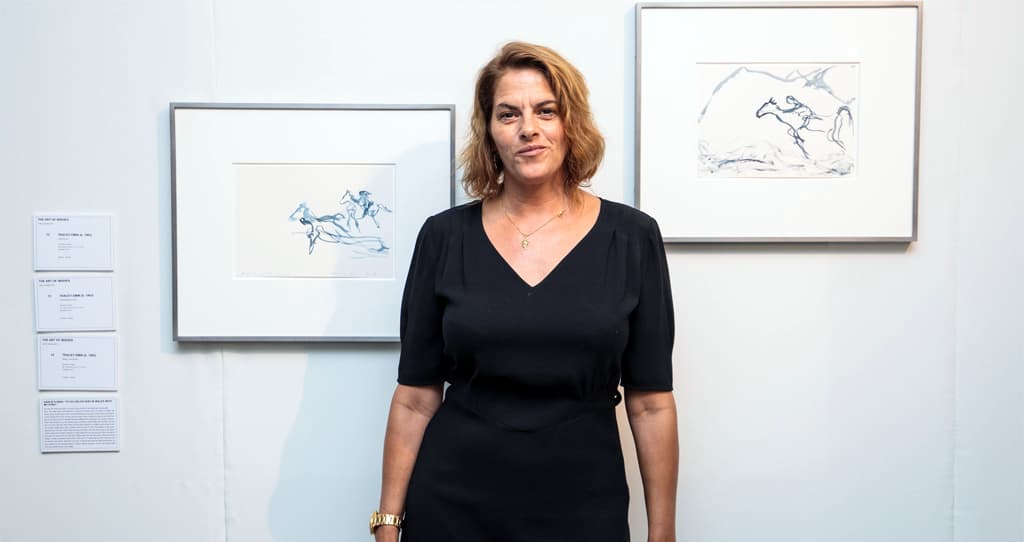
Emin’s ability to convey raw emotions has garnered her critical acclaim and a unique position in the art world, making her one of the most influential figures in contemporary British art.
David Hockney: Pioneer of Digital Painting Techniques
David Hockney, an influential British artist, has consistently innovated across a variety of mediums, including photography, drawing, and painting. Recently, he has embraced digital tools, using tablets to create works that carry his distinctive mark of bright colors and bold forms.
Hockney’s exploration of digital techniques has not only expanded his own artistic repertoire but also inspired other artists to explore the possibilities of digital art, thereby influencing the trajectory of contemporary artistic practices.
Kara Walker: Exploring the Shadows of American History
Kara Walker is an African American artist known for her candid exploration of race, gender, and sexuality, primarily through her acclaimed silhouetted figures. Walker’s work exposes the violent history of the American South with sharp wit and haunting imagery, challenging viewers to confront the legacies of slavery and racism.
Her distinctive use of silhouettes engages with historical narratives and contemporary cultural identities, making her one of the most profound voices in American contemporary art.
